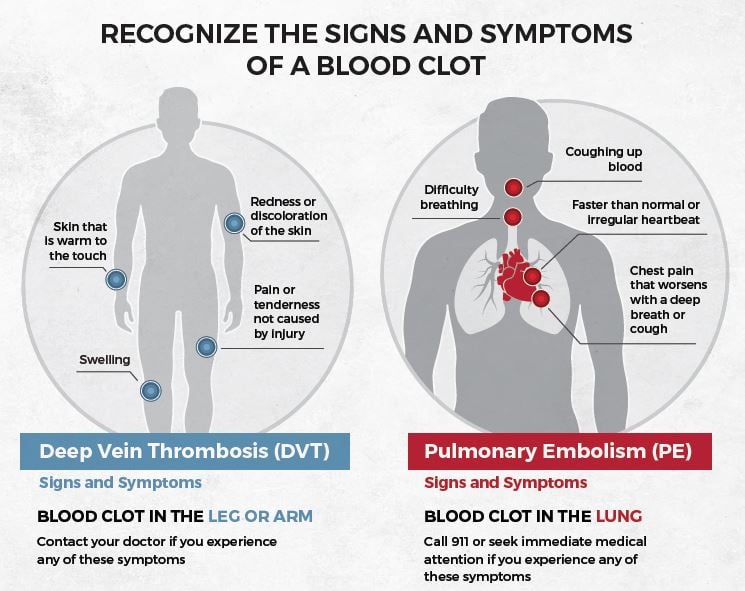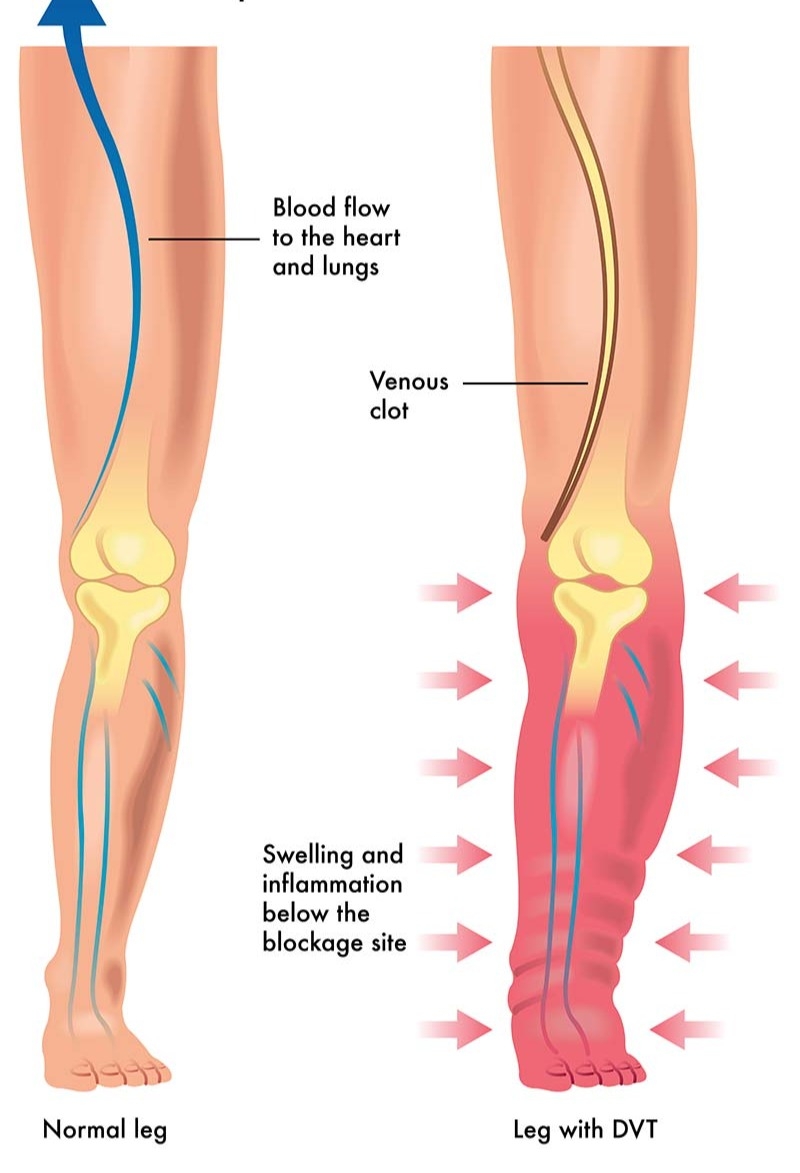Amazing Info About How To Detect Dvt
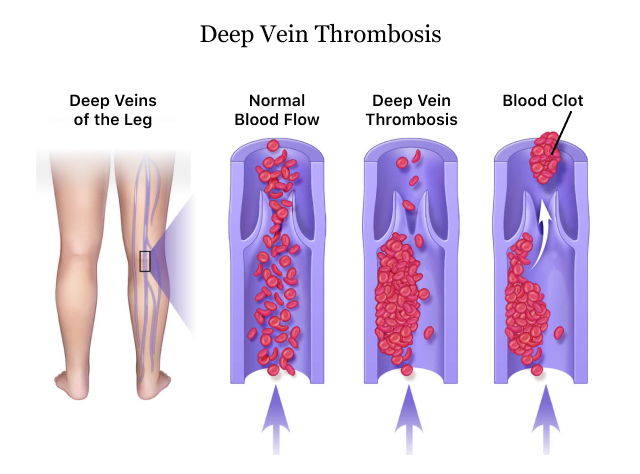
Whole leg/complete lower extremity dvt ultrasound:
How to detect dvt. To diagnose dvt, your health care provider will do a physical exam and ask questions about your symptoms. How dvt is diagnosed if a doctor thinks you have dvt, you should be referred to hospital within 24 hours for an ultrasound scan. Swelling in one or both legs pain or tenderness in your leg, ankle, foot, or arm.
A blood clot in your leg or arm can have various symptoms, including: It typically happens quite quickly with dvt. Swelling pain tenderness a warm.
Symptoms of dvt call your doctor right away if you have these dvt symptoms, especially if they appear suddenly: Watch for swelling, especially in an arm or leg. There are many tests to detect deep vein thrombosis.
Ad understand some of the common symptoms and risk factors of dvt and pe. Since clots block your blood flow, blood builds up behind the clot. Blood flow in these areas is particularly weak, and it's even more pronounced in the.
The tests you have depend on whether your provider thinks you are at a low or a high risk of dvt. High levels may suggest an increased likelihood of blood clots, although many other. First, it’s important to note that there are other.
When you press on the swollen area, it can cause a dimple or “pit” (pitting) that remains. Notice if you have pain in your. Dvt can cause fluid buildup (edema) in the arms or legs.
Recognizing symptoms of a blood clot. The scan shows whether blood is flowing normally through. The most common place for a blood clot to occur is in your lower leg.
A dvt is a blood clot which can travel to the lungs and lead to a pe. They range from imaging techniques to diagnosis by blood tests.

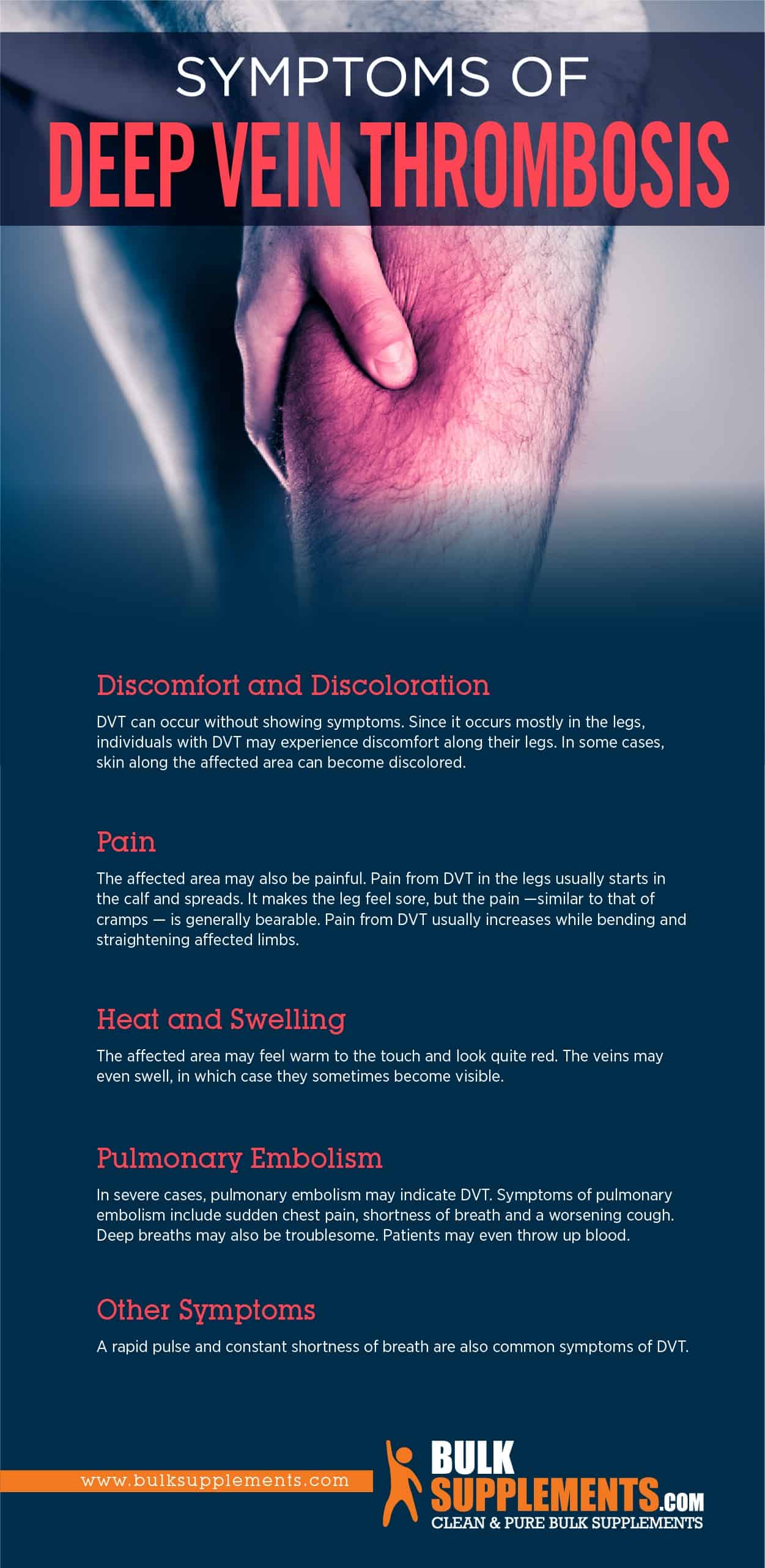

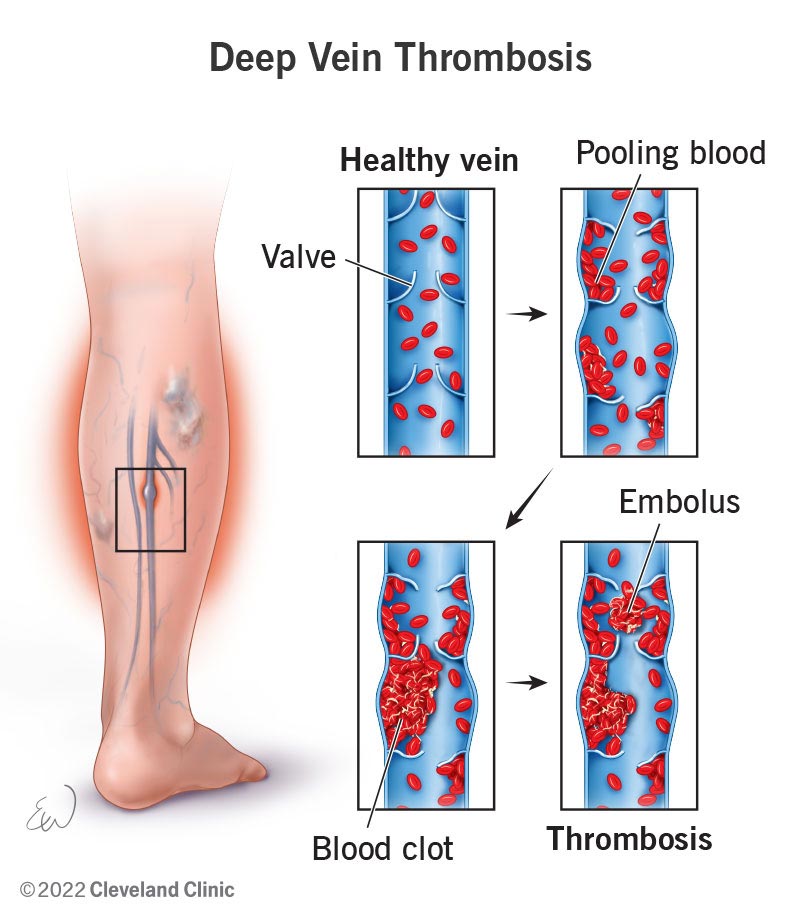
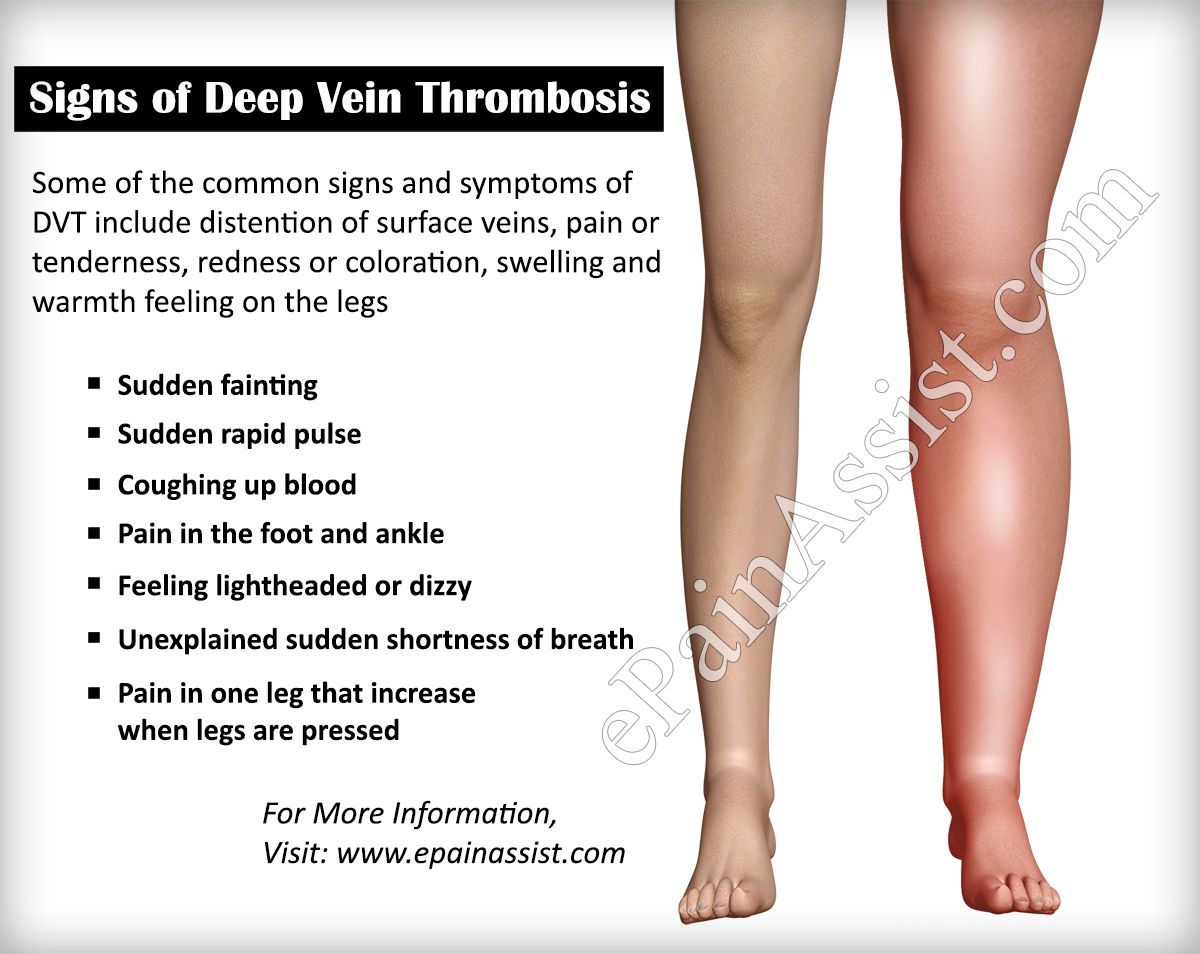



/deep-vein-thrombosis-diagnosis-5b1e8a690e23d9003695cbfc.png)





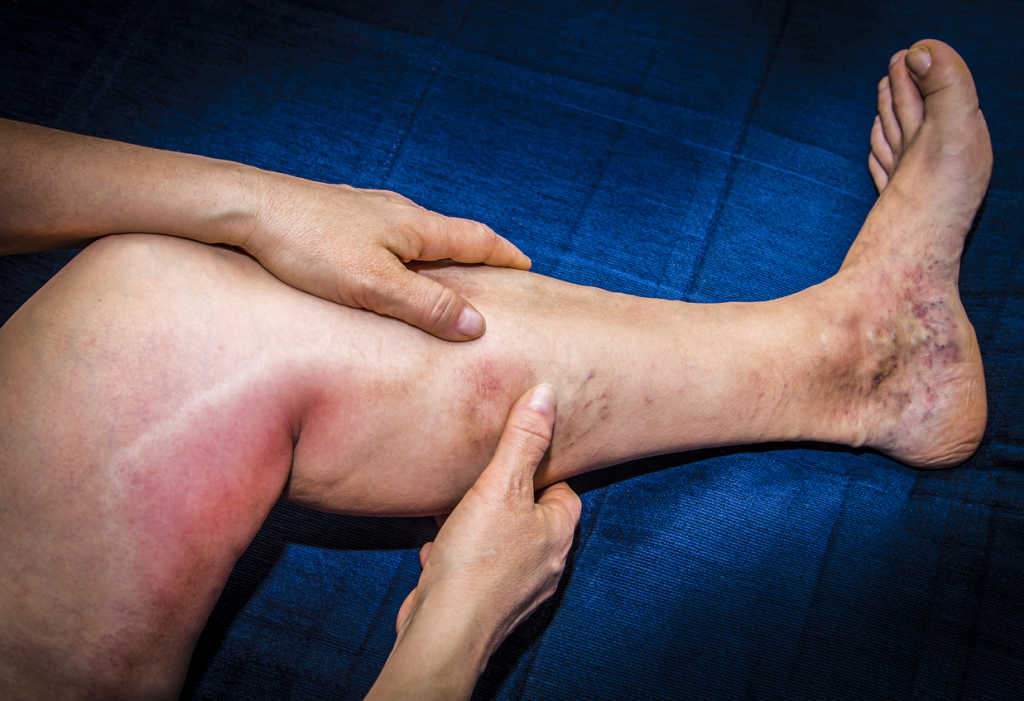
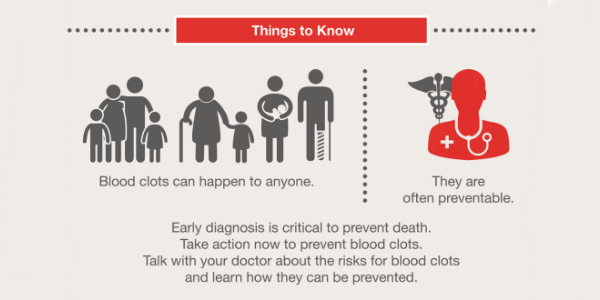
/blood-clot-diagnosis-5ae0b9a43418c60036298227.png)
